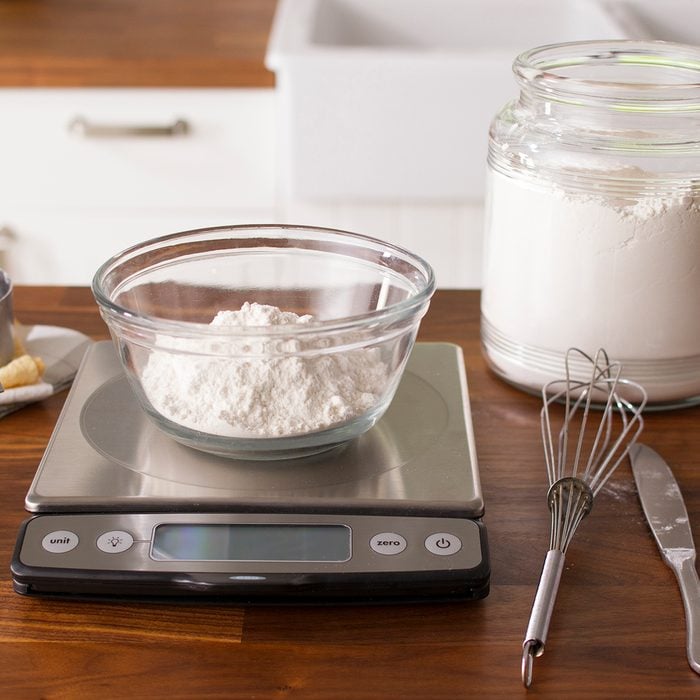
Weighing ingredients
When it comes to baking, it’s always preferable to measure your ingredients by weight rather than volume. This ensures you get exactly the right proportions. This may not be critical for simple bakes like a pan of blondies, but it’s important with fussier bakes, like macarons.
Be sure to bookmark this page with the weights of all of the most common baking ingredients.
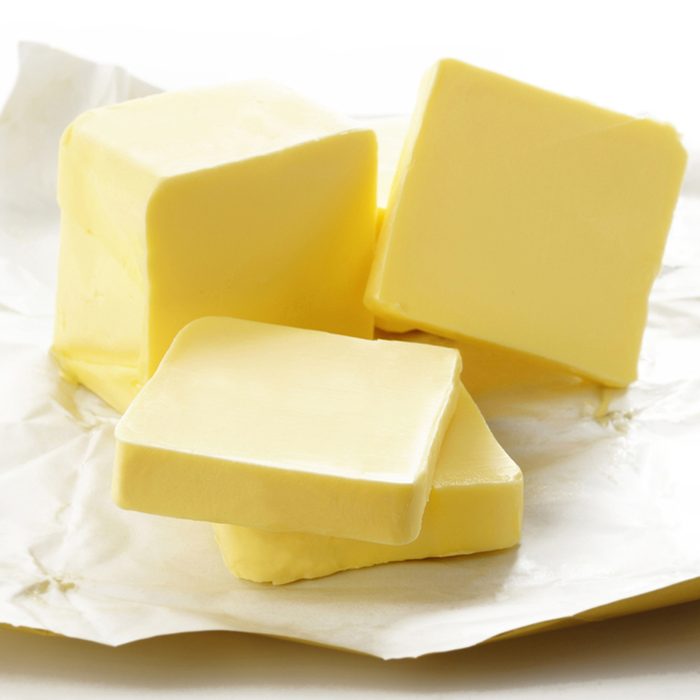
Using the right temperature butter
All bakes taste better with butter, but just be sure you’re using the temperature that the recipe calls for. When it comes to cakes and cookies, most recipes will call for softened butter which is the right consistency for creaming with sugar. Biscuit recipes and pie pastry recipes call for ice-cold butter to create the flakiest layers.
If you don’t have the correct temperature butter, your bakes won’t mix up the way they should. So be prepared and leave a stick or two on the counter—yes, it’s safe.

Mixing until just combined
Many baking recipes—particularly cake, cookie and biscuit recipes—call for you to mix dry ingredients into wet “until just combined.” When you’ve got a stand mixer whirring away, it can be tempting to let it run just a little longer while you finish up the dishes or wipe of the counter—but don’t do it!
When you mix flour into your batters and doughs, you’re developing gluten. The more you work with the flour, the tougher your batter will become. So when you’re aiming for tender bakes, like that just-right biscuit or gorgeous cake, you really want to mix until just combined and not a second longer.
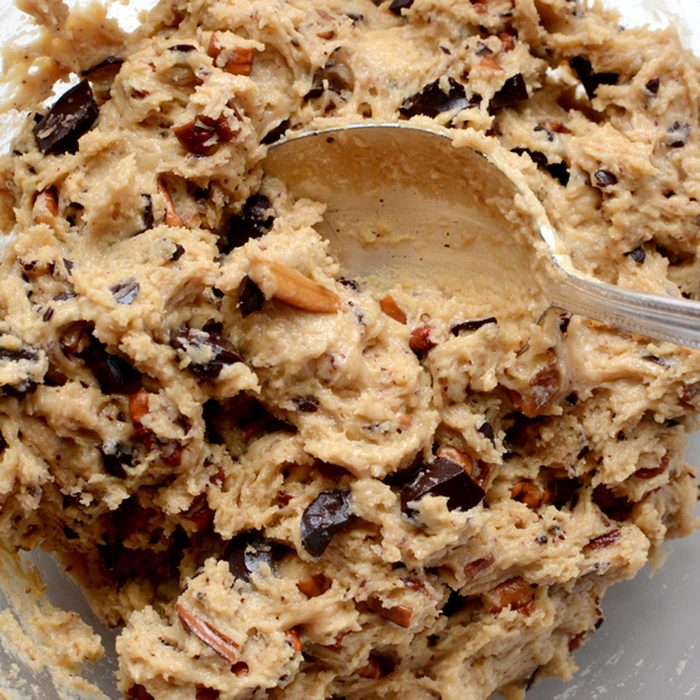
Chilling cookie dough
We know—it’s so tempting to get your cookies in the oven the second you’re done mixing up your dough. After all, the sooner you bake them, the sooner you can enjoy the fruits of your labor. However, chilling cookie dough can help prevent your cookies from spreading too much and can help develop flavors. Do not skip this step!
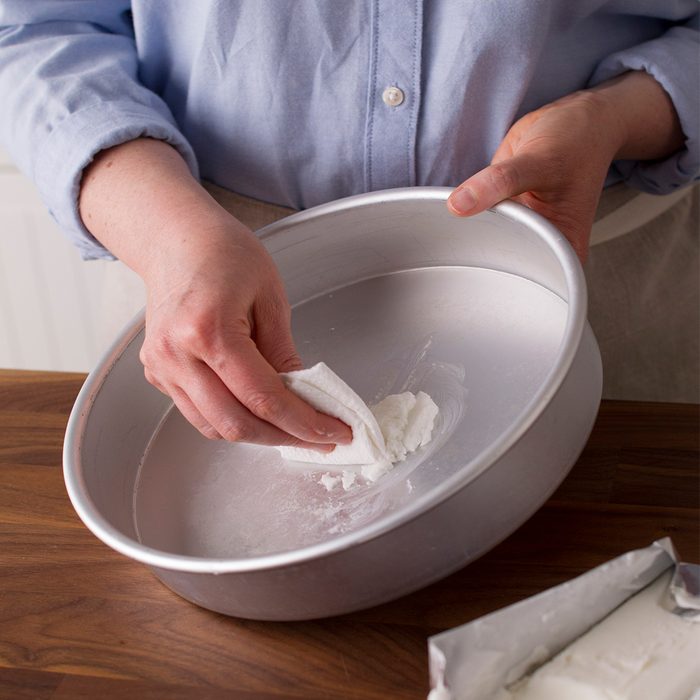
Greasing your pans as instructed
Baking a cake? Be sure to grease your pan so the cake comes out cleanly. Without a coating of cooking spray or butter and flour, there’s no way to pry that cake out in one piece. If you need a refresher on how to grease your cake pans, we’ve got one! And be sure to check out this one especially for Bundt pans.
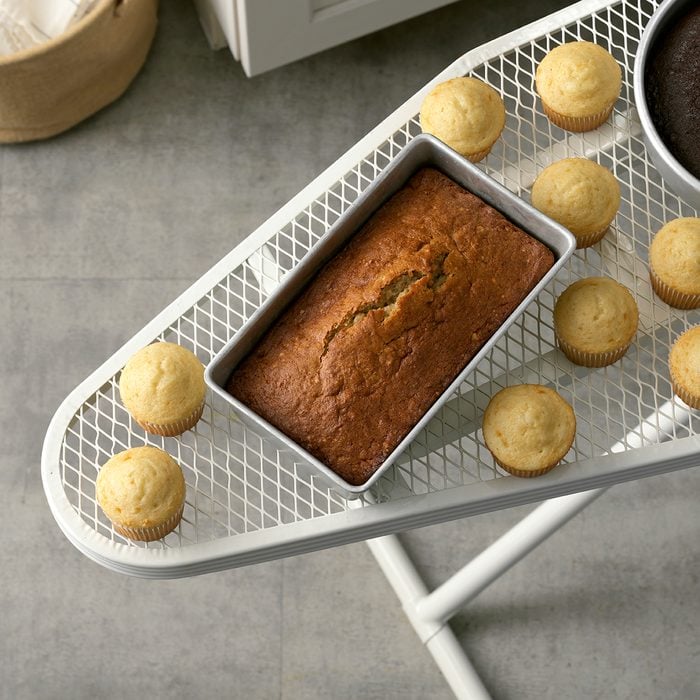
Letting your bakes cool before frosting or decorating
Always always always let your cakes, cupcakes and cookies cool completely before frosting them. If your bakes are too warm, the frosting will melt and slide right off the top of your cake or it will melt and soak right in. It can be hard to have patience when you’re dealing with tasty recipes, but allowing yourself that extra time is essential.
Editor’s Tip: If you don’t have enough cooling racks, use an ironing board! Just remember to take off the cover first.
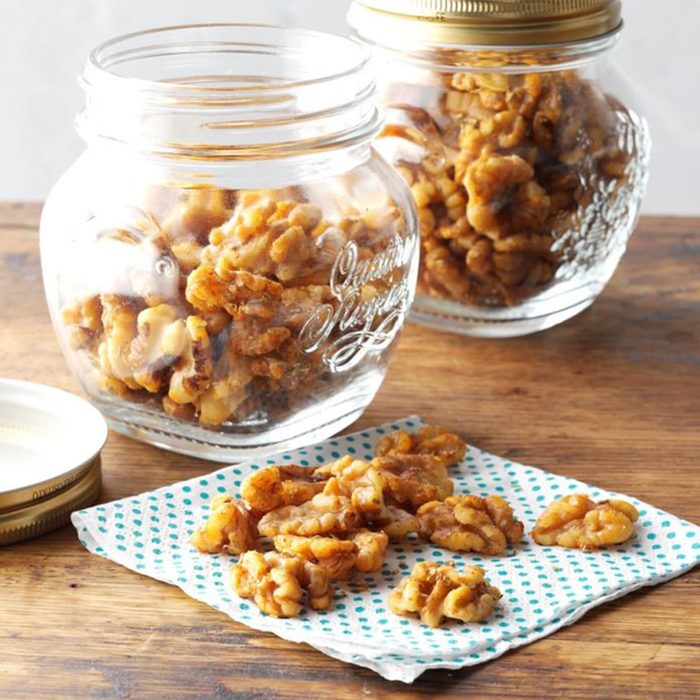
Toasting nuts
When mixing up a pan of nutty dessert bars, it can be tempting to save time and just toss the nuts right into the batter. But you really don’t want to skip this important step. Toasting nuts adds color, crunch and flavor. Plus, it’s really simple to do—you can even toast them in the microwave!
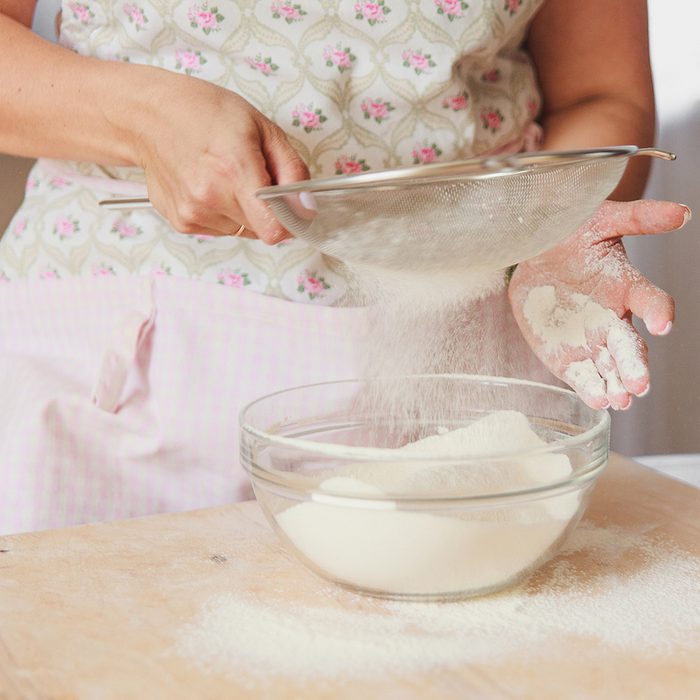
Sifting ingredients
Sifting your flour gets rid of lumps, which means you end up with a super smooth batter. Taking the time to sift your ingredients, especially when called for in the recipe, will produce exceptionally lush bakes. Be sure to grab yourself a sifter or mesh strainer if you don’t have one—and check out these other baking must-haves, too.
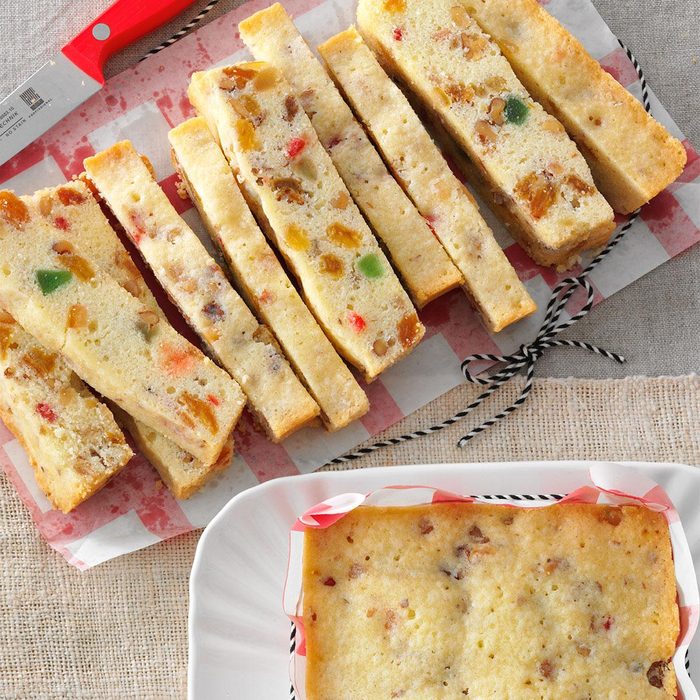
Coating mix-ins in flour
When a recipe calls for a lot of mix-ins, like dried fruits, chocolate chips or nuts, you’ll often see instructions to toss these ingredients in a bit of flour before adding to the batter. You might think that’s a waste—there’s already flour in the batter. But coating these heavier add-ins helps prevent them from sinking to the bottom of your pans, like in the case of this white fruitcake (trust us, this recipe will change your mind about fruitcake entirely!), That extra step of stirring these up with flour helps you get even distribution and a prettier end result.
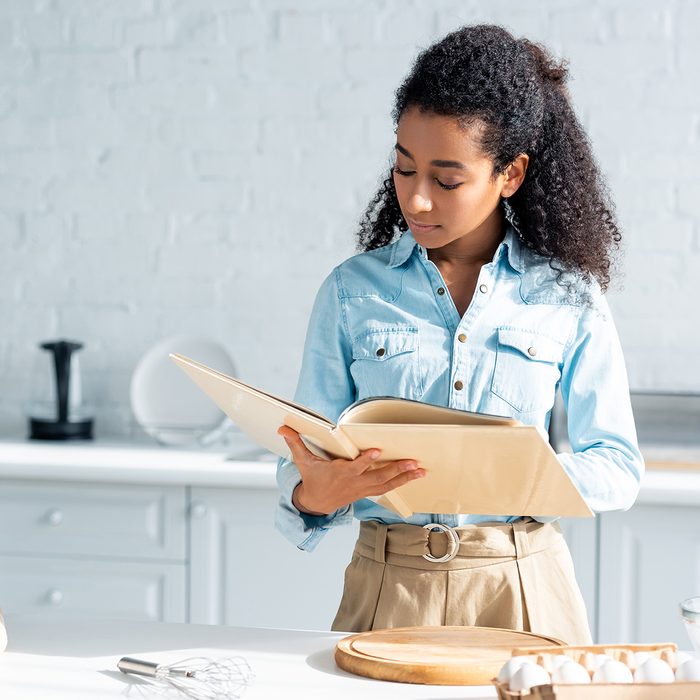
Reading the whole recipe first
If we’ve said it once, we’ve said it a thousand times: Read the recipe all the way through before you start. Reading first helps you take stock of your pantry and tools. After all, we’ve all gotten halfway through a recipe only to find we don’t have buttermilk on hand (here’s an easy substitute, though). Plus, a quick read through can help you prepare for what’s ahead, particularly if there are any new techniques you’re not familiar with.
